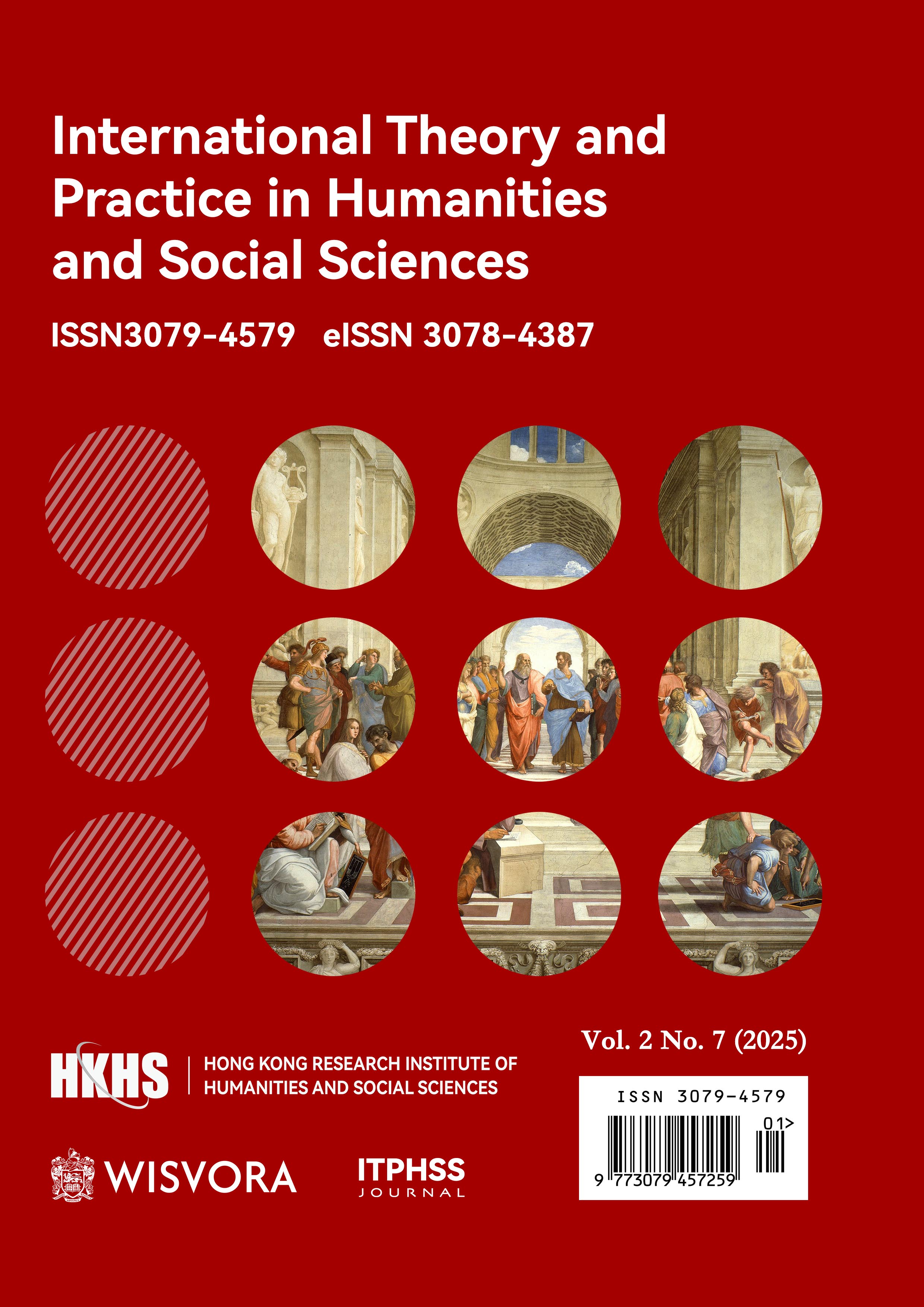Abstract
Based on a questionnaire survey of 1,000 college students in China, this study explored the factors and patterns that influenced the consumption behavior of college students through Citywalk activities. The results showed that the frequency of college students' participation in Citywalk activities was significantly positively correlated with their willingness to consume and the amount of consumption. Environmental factors were the main factors affecting college students' willingness to walk, while social needs and leisure experience were the core driving forces for college students to participate in Citywalk. The study also found that there were significant differences in the consumption behavior of Citywalk among college students of different types of universities and city levels. Based on the research results, this paper put forward policy recommendations and practical inspirations for promoting the optimization of urban walking environment and outdoor leisure consumption of college students.
References
Ajzen, I. (1991). The theory of planned behavior. Organizational Behavior and Human Decision Processes, 50(2), 179–211.
Aslan, D., & Çelik, S. (2021). University students' participation in outdoor recreation and the perceived well-being effects of nature. Journal of Outdoor Recreation and Tourism, 35, 100401. https://doi.org/10.1016/j.jort.2021.100401
Clough, P., Houge Mackenzie, S., Mallabon, L., & Brymer, E. (2016). Adventurous physical activity environments: A mainstream intervention for mental health. Sports Medicine, 46(7), 963–968. https://doi.org/10.1007/s40279-016-0504-0
Ewing, R., & Cervero, R. (2010). Travel and the built environment: A meta-analysis. Journal of the American Planning Association, 76(3), 265–294. https://doi.org/10.1080/01944361003766766
Frank, L. D., Engelke, P. O., & Schmid, T. L. (2006). Health and community design: The impact of the built environment on physical activity. Island Press.
Mehta, V. (2008). Walkable streets: Pedestrian behavior, perceptions and attitudes. Journal of Urbanism: International Research on Placemaking and Urban Sustainability, 1(3), 217–245. https://doi.org/10.1080/17549170802529480
Mintel. (2023). Emerging travel trends among China's Gen Z: 'CityWalk' to trooper-style travel. Retrieved from https://www.mintel.com/insights/travel-and-tourism/emerging-travel-trends-among-chinas-gen-z-citywalk-to-trooper-style-travel
Saelens, B. E., Sallis, J. F., & Frank, L. D. (2003). Environmental correlates of walking and cycling: Findings from the transportation, urban design, and planning literatures. Annals of Behavioral Medicine, 25(2), 80–91. https://doi.org/10.1207/S15324796ABM2502_03
Solomon, M. R. (2017). Consumer behavior: Buying, having, and being (12th ed.). Pearson.
Tang, J., Yuan, C., Jiang, Z., & Liu, Y. (2024). The impact of artificial intelligence on economic development: A systematic review. International Theory and Practice in Humanities and Social Sciences, 1(1), 130–143.
Wang, Y., Chen, H., & Zhang, K. (2024). A network flow approach to optimal scheduling in supply chain logistics. arXiv preprint, arXiv:2411.17544. https://doi.org/10.48550/arXiv.2411.17544
Wang, Y., Zhang, Q., & Chen, Y. (2025). An efficient scheduling method in supply chain logistics based on network flow. Processes, 13(4), 969. https://doi.org/10.3390/pr13040969
Xiao, N., Liu, S., & Zhang, X. (2025). Transforming education with artificial intelligence: A comprehensive review of applications, challenges, and future directions. International Theory and Practice in Humanities and Social Sciences, 2(1), 337–356.
Xu, L., Yuan, C., & Jiang, Z. (2025). Multi-strategy enhanced secret bird optimization algorithm for solving obstacle avoidance path planning for mobile robots. Mathematics, 13(5), 717. https://doi.org/10.3390/math13050717
Yuan, C., Liu, J., & Wang, H. (2024). Beyond sentiment: Exploring the dynamics of AIGC-generated sports content and user engagement on Xiaohongshu. International Theory and Practice in Humanities and Social Sciences, 1(1), 162–177.
Yuan, C., Sun, Y., & Zhang, R. (2025). Enhancing student learning outcomes through AI-driven educational interventions: A comprehensive study of classroom behavior and machine learning integration. International Theory and Practice in Humanities and Social Sciences, 2(2), 197–215.

This work is licensed under a Creative Commons Attribution 4.0 International License.
Copyright (c) 2025 Keqi Cheng, Zhihong Yu, KaiFei Li (Author)

